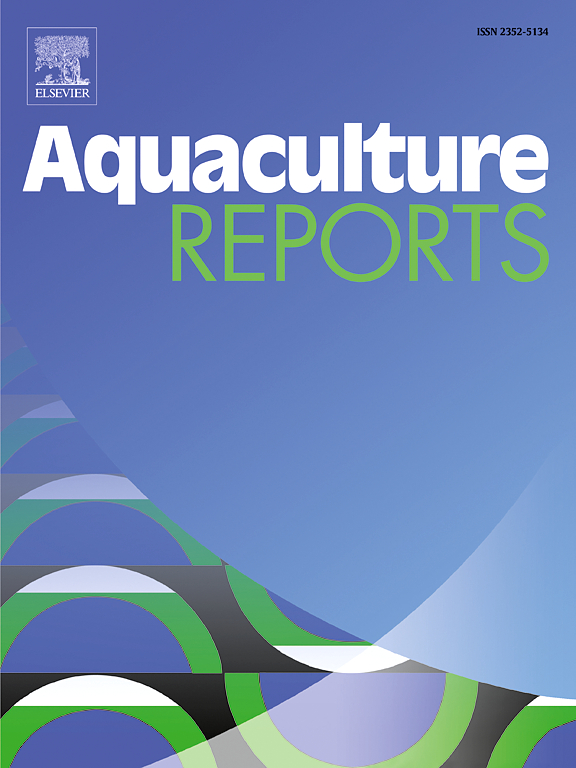LncMPEG1/miR-2c regulates exoskeleton biocalcification via engrailed in bivalve
IF 3.2
2区 农林科学
Q1 FISHERIES
引用次数: 0
Abstract
LncRNAs and miRNAs has been reported to play important regulation roles in skeleton growth. This research elucidates the molecular interplay between long noncoding RNA LncMPEG1 and miRNA miR-2c in the biocalcification process of shell formation. The study establishes LncMPEG1 as a molecular sponge for miR-2c, modulating the expression of key biomineralization genes, including homeobox protein engrailed and matrix metalloproteases (MMPs). Utilizing miRanda prediction, interaction sites between miR-2c and LncMPEG1 were identified and validated through RNA immunoprecipitation and luciferase assays. In vivo overexpression of miR-2c suppressed engrailed and MMP expression, while miR-2c inhibition induced the opposite effect. Luciferase assays confirmed miR-2c's inhibitory effect on the 3′UTR of target genes (p < 0.001). Western blot analysis corroborated these findings, showing miR-2c's regulatory impact on protein expression levels. LncMPEG1 interference significantly reduced target gene transcription (p < 0.01), and its overexpression enhanced the reporter vector's activity by binding miR-2c (p < 0.05). Collectively, these results underscore LncMPEG1's role in shell formation through competitive binding with miR-2c, thereby regulating the expression of biomineralization-related genes.
求助全文
约1分钟内获得全文
求助全文
来源期刊

Aquaculture Reports
Agricultural and Biological Sciences-Animal Science and Zoology
CiteScore
5.90
自引率
8.10%
发文量
469
审稿时长
77 days
期刊介绍:
Aquaculture Reports will publish original research papers and reviews documenting outstanding science with a regional context and focus, answering the need for high quality information on novel species, systems and regions in emerging areas of aquaculture research and development, such as integrated multi-trophic aquaculture, urban aquaculture, ornamental, unfed aquaculture, offshore aquaculture and others. Papers having industry research as priority and encompassing product development research or current industry practice are encouraged.
 求助内容:
求助内容: 应助结果提醒方式:
应助结果提醒方式:


